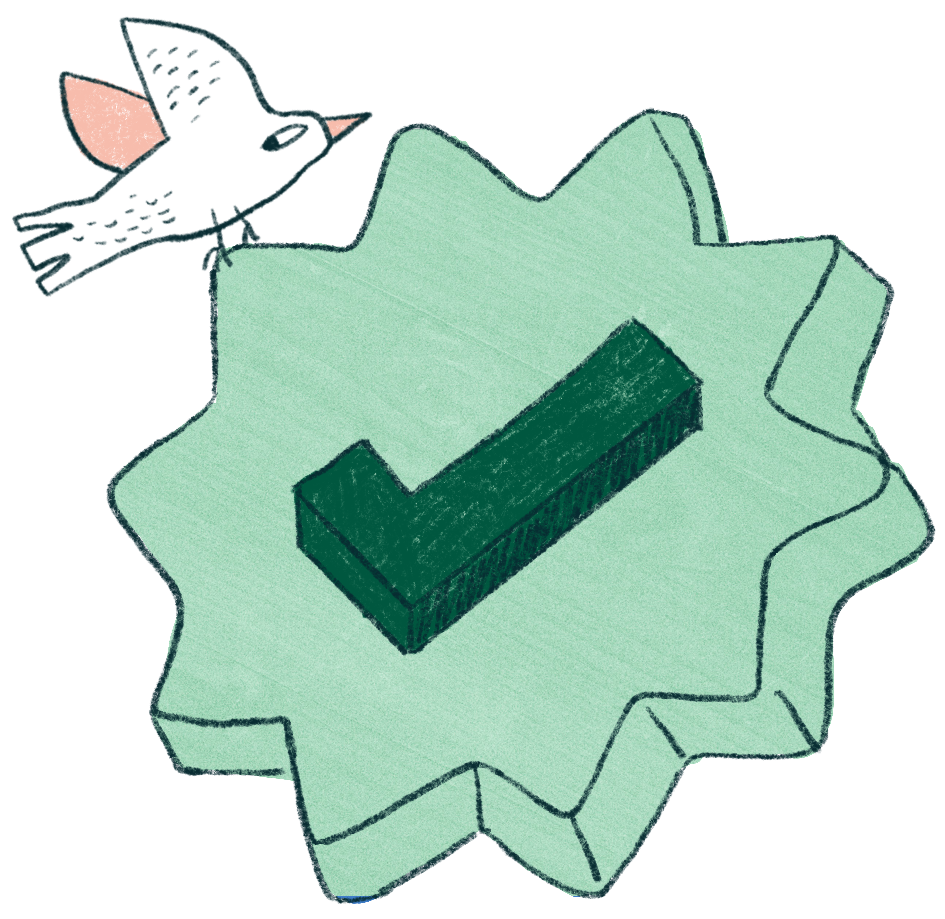Many associations default to writing a request for proposal (RFP) when it comes to choosing a professional firm to help them rebrand their organization, redesign their website, or embark on other large projects. While it’s easy to assume RFPs are the way to get the job done fairly, effectively, and economically, this assumption tends to oversimplify a complex decision by treating it like finding the lowest price for a car.
When purchasing a car, you evaluate your needs (features and benefits) and constraints (budget), find the best option, and then find a dealer offering the best price. However, it’s not that straightforward when it comes to complex, high-value, and customized solutions. Rebranding an organization or redesigning a website requires more than searching for the firm with the lowest price. You need a firm that has solved similar problems in your industry, can correctly diagnose the source of your challenges, and possesses the experience and expertise to address them effectively.
RFPs aren’t the only way to select a firm to do your long-awaited rebranding or website project. The RFP process doesn’t typically lead to the best-qualified expert, solution, or even the best value. There’s a better way. When you use qualifications based selection (QBS), you’ll get a fairly-priced, customized solution from a true expert.

Use Qualifications Based Selection (QBS) To Get Your Association the Best Results
When you need expert solutions for complex problems, qualifications based selection (QBS) makes sense. The key difference between RFP (Request for Proposal) and QBS (Qualifications-Based Selection) lies in the criteria used for selecting a service provider:
- RFP prioritizes detailed proposals that often include a blend of qualifications, methodologies, and cost estimates, with price being a significant deciding factor.
- QBS focuses solely on selecting the most qualified provider based on their expertise, experience, and approach, negotiating scope and cost only after the best-qualified team is identified.
QBS focuses solely on selecting the most qualified provider based on their expertise, experience, and approach, negotiating scope and cost only after the best-qualified team is identified.
This distinction makes QBS more suited for complex projects where expertise is critical to success.
The QBS process ensures:
- You can select a firm based on their competency and expertise rather than price or specific deliverables.
- The expert firm drives the best value into your budget.
- Best value is measured by the quality of the solutions at a fair price.
- You’ll collaborate with the firm you choose to determine the best approach to your project and its scale and scope, the best path forward, and the appropriate deliverables to achieve the desired outcome.
QBS gives you an opportunity to collaborate, to ask tough questions—and be asked tough questions. You can have conversations with the firm that build a mutual understanding of the problem and its real cause before determining the most appropriate solutions, costs, and deliverables.

RFPs Have Their Place — But Not For Complex and Customized Solutions
RFPs do work in cut-and-dry scenarios when:
- You’ve already gone through a thoughtful process to understand and define the problem and its true root cause. You know the correct solution with clear and specific requirements, scope, and goals, allowing for detailed proposals and straightforward cost comparisons.
- Your primary concern is the lowest price. The RFP process identifies which firm offers the best-perceived value—not necessarily the most innovative, valuable solution at a fair price.
- Opportunity cost isn’t a concern. If you truly know the source of the problem and the deliverables are simple and identifiable, you’re not worried about missing a major insight or opportunity and spending resources on the wrong (or half-baked) solution.
- You’re purchasing commodity services. The work is standardized or less complex, with minimal need for specialized expertise (e.g., purchasing office supplies, printing, or basic IT services).
RFPs can limit innovation for complex creative challenges, making QBS or less formal processes more effective. A rebrand or website redesign is a critical step in advancing your association’s future — not a straightforward task. The RFP process demands precise self-diagnosis, but what if you misidentify the real problem?
Writing an effective RFP and selecting the right vendor can be equally daunting. Vendors often tailor their responses to meet your prescribed requests at the lowest possible price, which may not address deeper issues. Many top firms avoid RFPs, as the effort to research and propose innovative solutions could go to waste if they aren’t selected.
Relying on the RFP process to select a vendor can result in the wrong solution, often due to misdiagnosed problems or insufficient proposals. By the time it becomes clear that the outcome falls short of your needs, your budget may already be depleted. Avoid these risks by opting for QBS, a process that prioritizes expertise and tailored problem-solving over cost alone.

3 Easy Steps to Hiring a Vendor Via QBS
Sticking with the RFP process might feel comfortable — it’s familiar, after all. But familiarity doesn’t always lead to the best results, especially for complex projects like branding or website design.
QBS takes a fundamentally different approach: it focuses solely on selecting the most qualified provider based on their expertise, experience, and approach. Scope and cost are negotiated only after the best-qualified team is identified, ensuring the solution is tailored to your needs rather than constrained by pre-set budgets or assumptions.
The goal is to assess their qualifications — their expertise, experience, and methodology — through thoughtful dialogue rather than lengthy proposals.
Fortunately, you can adapt something familiar to ease into QBS: treat the process like hiring a new staff member. Follow these three steps:
- Define the qualifications you need in a firm. Start with a Request For Qualifications (RFQ) instead of an RFP, outlining your project’s objectives and inviting vendors to have conversations about how they approach challenges like yours. The goal is to assess their qualifications — their expertise, experience, and methodology — through thoughtful dialogue rather than lengthy proposals. Look for firms with a proven track record of working with organizations like yours and solving similar challenges effectively.
- Shortlist, interview, and rank. Narrow your options to the top three firms based on their qualifications. Review their websites, client case studies, thought leadership, and results to evaluate their expertise. Interview each firm to understand their approach, how well they grasp your project, and how effectively they communicate. Rank the candidates based on their qualifications, not cost.
Select and then collaborate to develop the best solution. Move forward with the top firm and begin collaborating. Work together to identify the root of your challenges, co-create solutions, and determine the optimal budget and deliverables to achieve your goals. By focusing first on expertise, QBS ensures the project’s scope and costs align with the best-qualified team’s approach to solving your problem.

Your Association’s Project Deserves a Better Procurement Process
Old-school RFPs simply aren’t designed to help you access top industry experts. Instead of sinking time, energy, and budget in a process that proves inefficient at best, invest in a more effective selection process. QBS springs from a firm belief that only experts should do your work and that your engagement with them should be focused and productive. It allows you to hire the best available firm to build your association’s custom ride — empowering you to take your members where they want to go.





